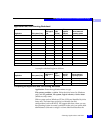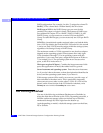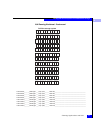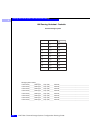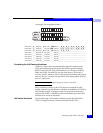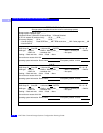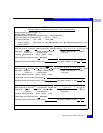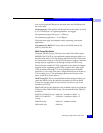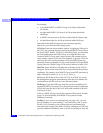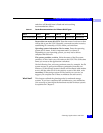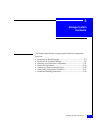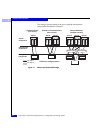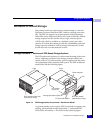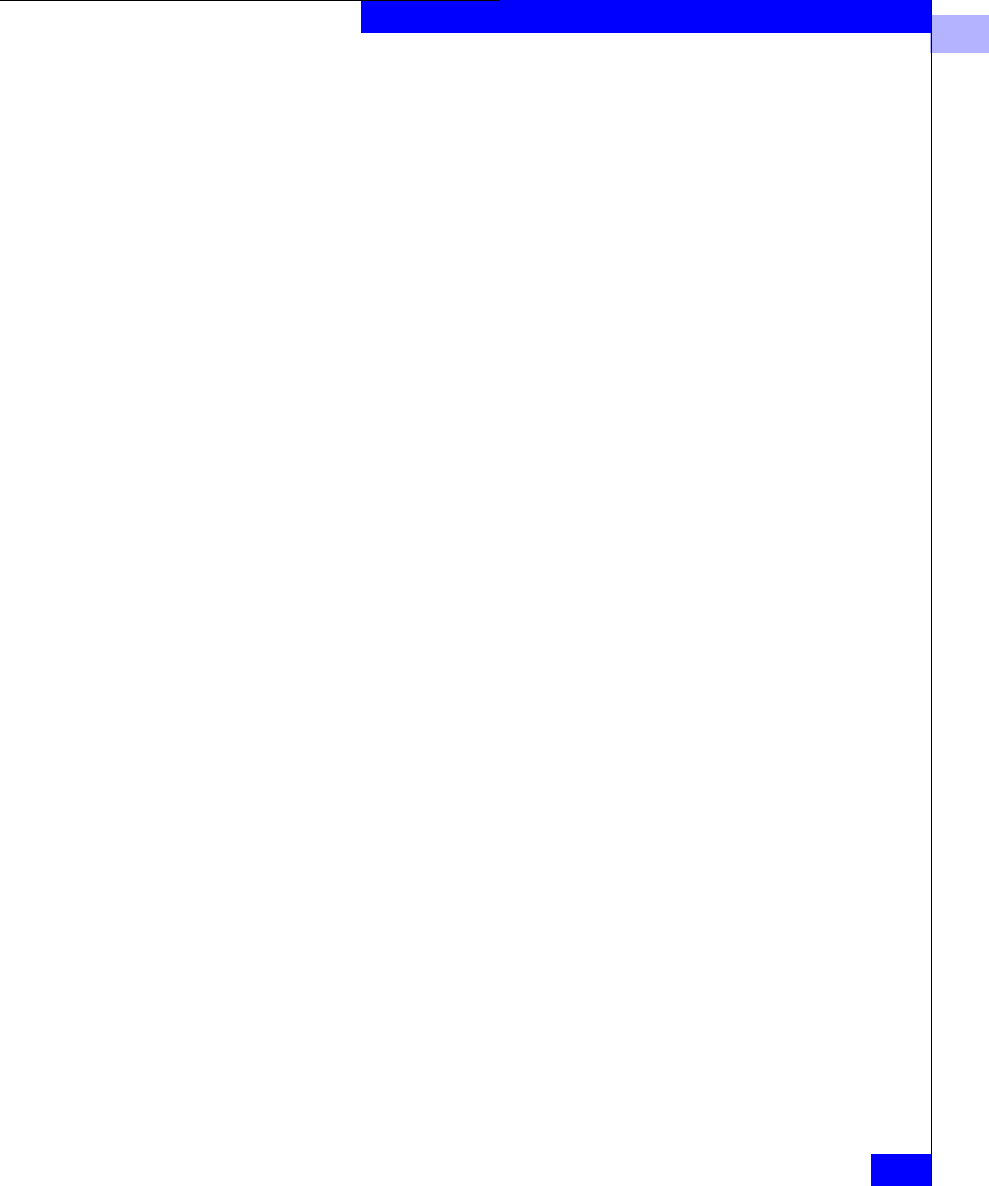
4
Planning Applications and LUNs
4-13
Planning LUNs and File Systems with Unshared Direct Storage
you would specify 80 Mbytes for the read cache and 160 Mbytes for
the write cache.
Cache page size. This applies to both read and write caches. It can be
2, 4, 8, or 16 Kbytes. As a general guideline, we suggest
For a general-purpose file server — 8 Kbytes
For a database application — 2 or 4 Kbytes
The ideal cache page size depends on the operating system and
application.
Use memory for RAID 3. If you want to use the SP memory for
RAID 3, check the box.
RAID Group/LUN Entries
Complete a RAID Group/LUN entry for each LUN and hot spare.
LUN ID. The LUN ID is a hexadecimal number assigned when you
bind the disks into a LUN. By default, the ID of the first LUN bound
is 0, the second 1, and so on. Each LUN ID must be unique within the
storage system, regardless of its Storage Group or RAID Group.
The maximum number of LUNs supported on one host-bus adapter
depends on the operating system. Some systems allow only eight
LUNs (numbers 0 through 7). For an operating system with this
restriction, if you want a hot spare, assign the hot spare an ID above
7; for example, 8 or 9. The operating system never accesses a hot
spare, so the ID is irrelevant to it.
RAID Group ID. This is a hexadecimal number assigned when you
create the RAID Group. By default, the number of the first RAID
Group in a storage system is 0, the second 1, and so on, up to the
maximum of 1F (31).
Size (RAID Group size) Enter the user-available capacity in gigabytes
(Gbytes) of the whole RAID Group. You can determine the capacity
as follows:
RAID-5 or RAID-3 Group: disk-size * (number-of-disks - 1)
RAID 1/0 or RAID-1
Group:
(disk-size * number-of-disks) / 2
RAID-0 Group: disk-size * number-of-disks
Individual unit: disk-size



